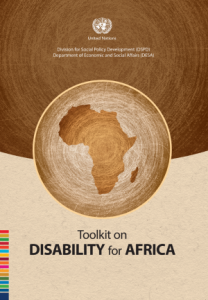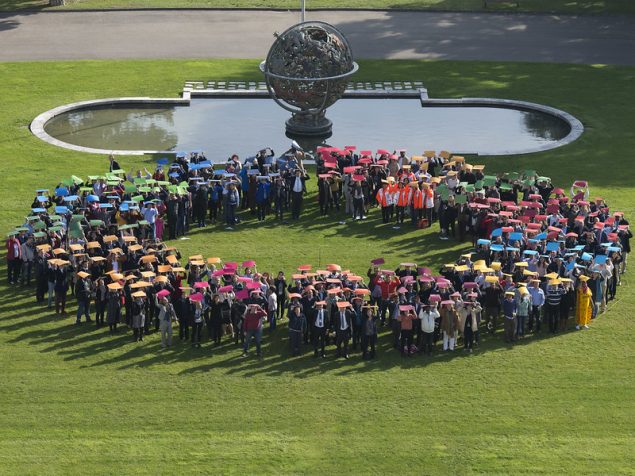- Main page: Handbook for Parliamentarians
- Realizing the rights of persons with disabilities: the compelling reasons
- The focus of the Convention
- Why a convention was needed
- Rights specified in the Convention
- The relationship between disability and development
THE FOCUS OF THE CONVENTION
The term “persons with disabilities” applies to all persons who have long-term physical, mental, intellectual or sensory impairments that, in the face of various negative attitudes or physical obstacles, may prevent those persons from participating fully in society. However, this is not an exhaustive definition of those who may claim protection under the Convention; nor does this definition exclude broader categories of persons with disabilities found in national law, including persons with short-term disabilities or persons who had disabilities in the past.
A person with disabilities may be regarded as such in one society or setting, but not in another. In most parts of the world, there are deep and persistent negative stereotypes and prejudices against persons with certain conditions and differences. These attitudes determine who is considered to be a person with a disability and perpetuate the negative image of persons with disabilities. The language used to refer to persons with disabilities plays a significant role in creating and maintaining negative stereotypes. Terms such as “crippled” or “mentally retarded” are clearly derogative. Others, such as “wheelchair-bound,” emphasize the disability rather than the person. Historically, society has often failed to use the terms that persons with disabilities use to define themselves or has forced people to define themselves using terms with which they are uncomfortable.
The drafters of this Convention were clear that disability should be seen as the result of the interaction between a person and his/her environment, that disability is not something that resides in the individual as the result of some impairment. This Convention recognizes that disability is an evolving concept and that legislation may be adapted to reflect positive changes within society.
For people born with a disability as I was, often the family expects very little of them, number one, so expectations are low; number two, physical barriers in the community may prevent them from accessing their community; and number three, social barriers may prevent them from accessing their community.
Linda Mastandrea, Paralympian and disability lawyer (USA)
CONSIDER THE STATISTICS
- Approximately 10 per cent of the world’s population lives with a disability—the world’s largest minority. This number is increasing because of population growth, medical advances and the ageing process. (WHO)
- It is estimated that 20 per cent of the world’s poorest people have a disability and tend to be regarded in their own communities as the most disadvantaged. (World Bank)
- Disability rates are significantly higher among groups with lower educational attainment in the countries of the Organisation for Economic Co-operation and Development (OECD). On average, 19 per cent of less-educated people have disabilities, compared to 11 per cent among better-educated people. (OECD)
- Mortality for children with disabilities may be as high as 80 per cent in countries where under-five mortality, as a whole, has fallen to below 20 per cent. In some cases, it seems as if disabled children are being “weeded out.” (Department for International Development, United Kingdom)




